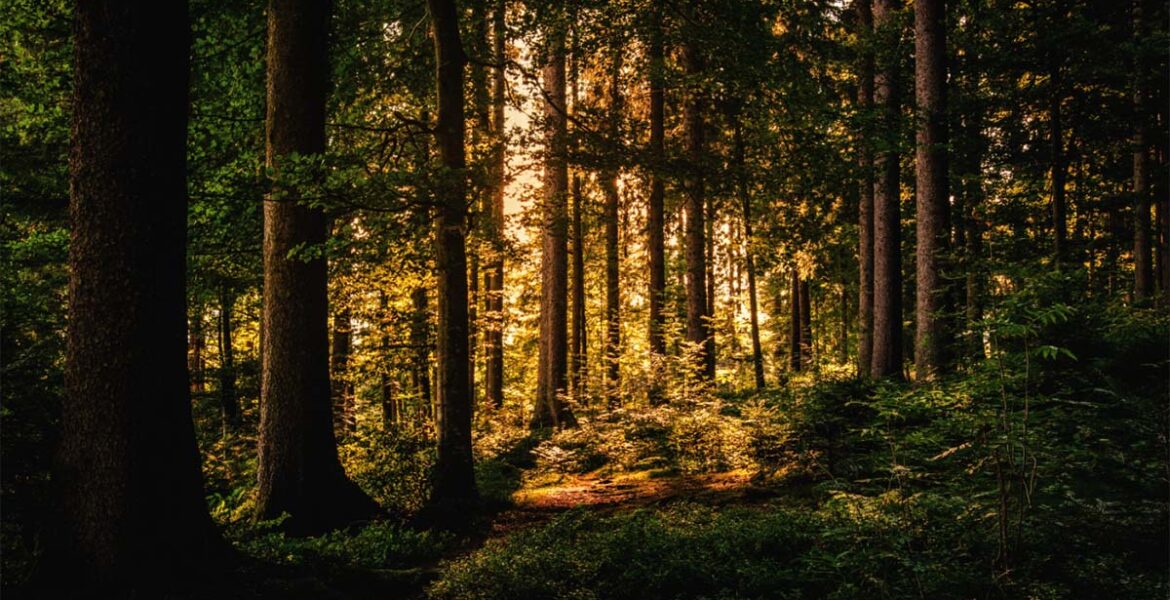The best way to manage wildfires is by preventing them in the first place. So, what can forestry experts do to reduce the risk of wildfires? They practice what we call wildland fuel management consulting. Let’s get into what that means.
What Are Fuels?
Generally, a wildfire is caused by one or more of three components: topography, weather, and fuel. Unfortunately, topography and weather conditions are completely out of our control, and there’s no exception for fire management. But fuel is a risk factor that firefighters can actively manage, monitor, and mitigate.
Put simply, fuels are anything that can burn easily in a fire. That could include a variety of plant life from grasses, shrubs, trees, and plant debris along the forest floor. As plants die, trees fall over, and this material builds up, the risk of an out-of-control wildfire goes up significantly. With more fuel, the fire can burn hotter and longer, ultimately leading to more damage for the forests and the people around them.
Fuels are also categorized into three types: fine, crown, and ladder. Fine fuels are what you would generally find along the ground like grasses, needles, and shrubs. Crown fuels are found higher up, made up by branches and leaves in the tree canopies. Ladder fuels sit in the middle, low branches and dead wood, providing easy access for fires to spread vertically.
How Do We Manage Vegetation & Fuels?
In order to manage the overabundance of potential fuels in our forests, there are a few different practices that forestry professionals and firefighters use.
Relocating and evenly distributing the vegetation can help to prevent fires from getting out of control, since it won’t burn too quickly or too long in a single area. By removing all the excess branches, leaves, and dead wood to do a safe prescribed burn, the risk of wildfires in the area is significantly reduced. But, waiting for fuels to fall to the forest floor on their own isn’t always an option. To take a more proactive approach, firefighters may also use techniques like thinning or pruning.
Thinning is a process where forestry experts determine where a stand of trees has too much flammable material close together and must be trimmed. By preventing crown fuel from becoming too dense in any one area, potential fires don’t have a concentrated source of fuel material.
Another way that firefighters can reduce fuels for wildfires is pruning them from live trees. Live trees, while thriving, can often have dead branches hanging close to the forest floor. When a fire starts, ladder fuels encourage a fire to reach higher than they normally could, burning trees faster. If those ladder fuels are removed, the fire can’t spread upwards and from tree to tree as easily.
No matter the method, SPIEDR is committed to stopping wildfires before they can damage our forests and communities.


